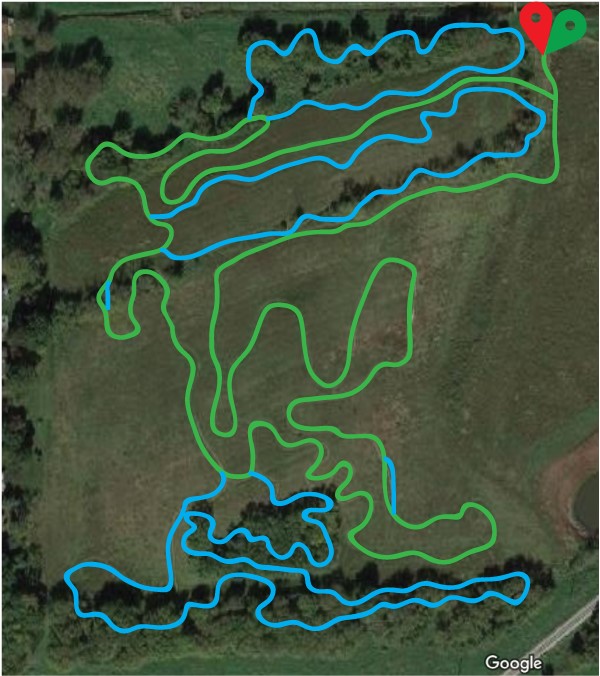Not all riding in Sun Prairie is on paved paths and roads.Due to the hard work of our local youth mountain bike teams, volunteers from CORP, and volunteers from both Sun Prairie Moves and local residents, there are over two miles of singletrack offroad trails in Sun Prairie’s Sheehan Park. This trail system continues to evolve via efforts from the
Sun Prairie Youth Composite School Mountain Bike Team, the
Red Fury Youth Cycling Team, and
CORP (Capital Off Road Pathfinders) which is the local
IMBA chapter. These groups have designated Trail Stewards who work closely with both Sun Prairie's Forest and Parks departments.
This singletrack trail consists of a green loop with blue optional extensions. The green "Easy" loop includes flowing turns over a humped prairie with some sections winding thru the trees. This is non-technical and suitable for both mountain bikes, cyclocross riding, some hybrid bicycles, and children’s push bikes. The blue routes are more difficult with tighter turns, narrower spaces, and a few rock sections that may be difficult for newer riders. We suggest novice riders consider sticking to the green loop. The trail includes signs with directions for both the green route and blue extensions.
Note that the trail is intended to be ridden clockwise and is open during regular park hours: 6am to 10pm

